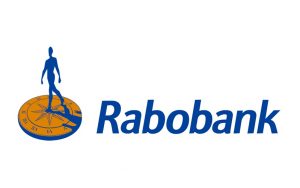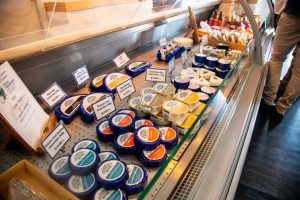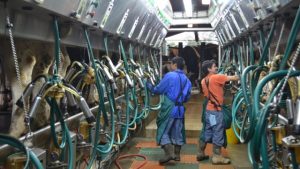
The latest Australian Bureau of Agriculture Resource Economics dairy outlook, released today as part of the big Outlook conference, has the average farmgate milk price increasing by 2 per cent to 48.8 cents per litre in the next financial year.
It will hold in the 48c bracket until 2025-26 when it will lift to 49c flat.
The figure is a slight upward revision from ABARES and comes on the back of stronger-than-expected international demand for dairy products. It appears imports are returning to pre-pandemic levels for Australia’s major trading partners quickly.
ABARES’ Damien Thomson reported global dairy markets were resilient throughout 2020 despite the disruption caused by the pandemic.
Despite an initial dip in exports to China early last year at the peak of COVID-19 control measures, volumes actually exceeded pre-COVID monthly levels in the last four months of 2020.
China is one of the few economies that reported economic growth in 2020.
An assumed growth in the Chinese economy of 8.1pc in 2021 is expected to support strong import demand for Australian dairy products going forward, Mr Thomson’s analysis says.
Rebuild
As in all livestock sectors, restocking in dairy is in full swing courtesy of ripper seasonal conditions.
That has prompted ABARES to forecast only a slight 1pc lift in domestic milk production this financial year.
While milking cow numbers will rise by 2.7pc, average yield is expected to fall as older cows are retained and a higher proportion of young heifers are kept.
Meanwhile, ABARES has noted continuing high import demand for dairy heifers in China – a market that was the savior for many producers during the drought.
It will remain an attractive option.
“Australia’s dairy farming businesses will continue to weigh the profitability of producing and exporting heifers against the profitability of increasing herd size to produce milk,” Mr Thomson said.
Still, live export numbers are expected to drop by 23pc this financial year.

























